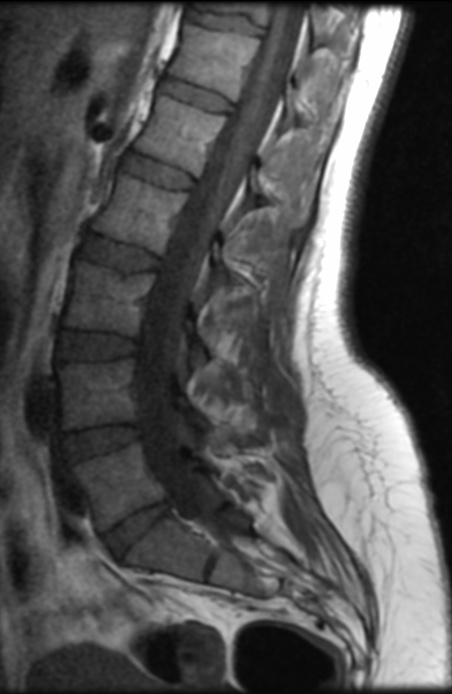

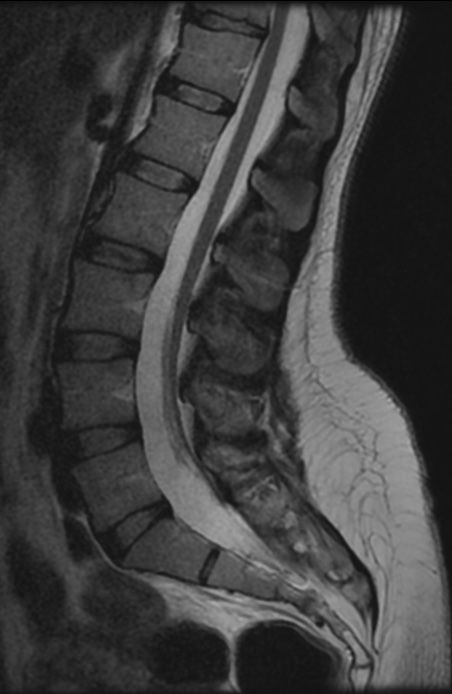
Diagnosis and treatment of ATCS are a challenging task because of its rarity, and its presentation mimics a wide spectrum of pathologies. The clinical features of ATCS are widely recognized as nonspecific, including diffuse and nondermatomal back and leg pain. Other common symptoms include bladder dysfunction, skin abnormalities, scoliosis, and decreased motor and sensory function.
Tethered cord syndrome is a stretch-induced functional disorder of the spinal cord with its caudal part anchored by an inelastic structure. Garceau first described the “filum terminale syndrome” in 1953 in 3 patients. Yamada and others broadened the stretch-induced functional disorder to patients with other anomalies in 1981. Myelomeningocele, lipoma, lipomyelomeningocele, diastematomyelia, meningocele manqué, and dermoid sinus were included in this category but only when parallelism between the oxidative metabolic changes and neurologic status exists.
Symptoms related to a congenital tethered cord occur most commonly in childhood, so it was initially regarded as a pediatric problem; but in many patients, the diagnosis is not established until symptoms manifest in adulthood.
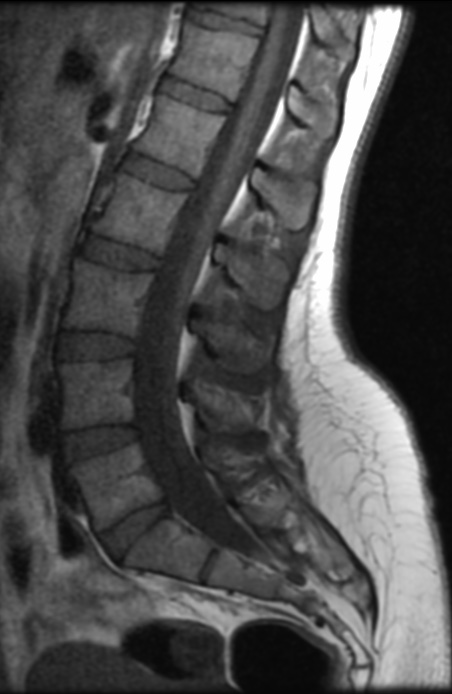
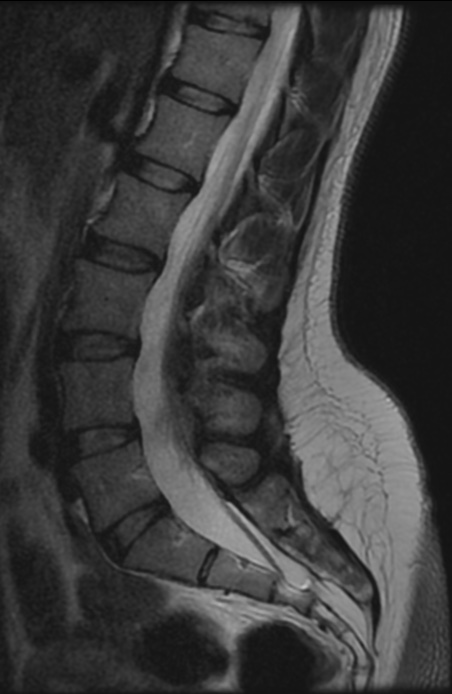

Three categories of TCS were recently described by Yamada and colleagues;
The first category includes lumbosacral cord anchored by an inelastic filum.
The second category includes caudal myelomeningoceles and many sacral myelomeningoceles.
The third category is divided into 2 groups. The first group includes patients with paraplegia and lipomyelomeningocele and myelomeningocele who apparently have no functional lumbosacral neurons. No neurologic benefit is expected from surgery in this group. The second group includes The second group includes asymptomatic patients with an elongated cord and a thick filum.
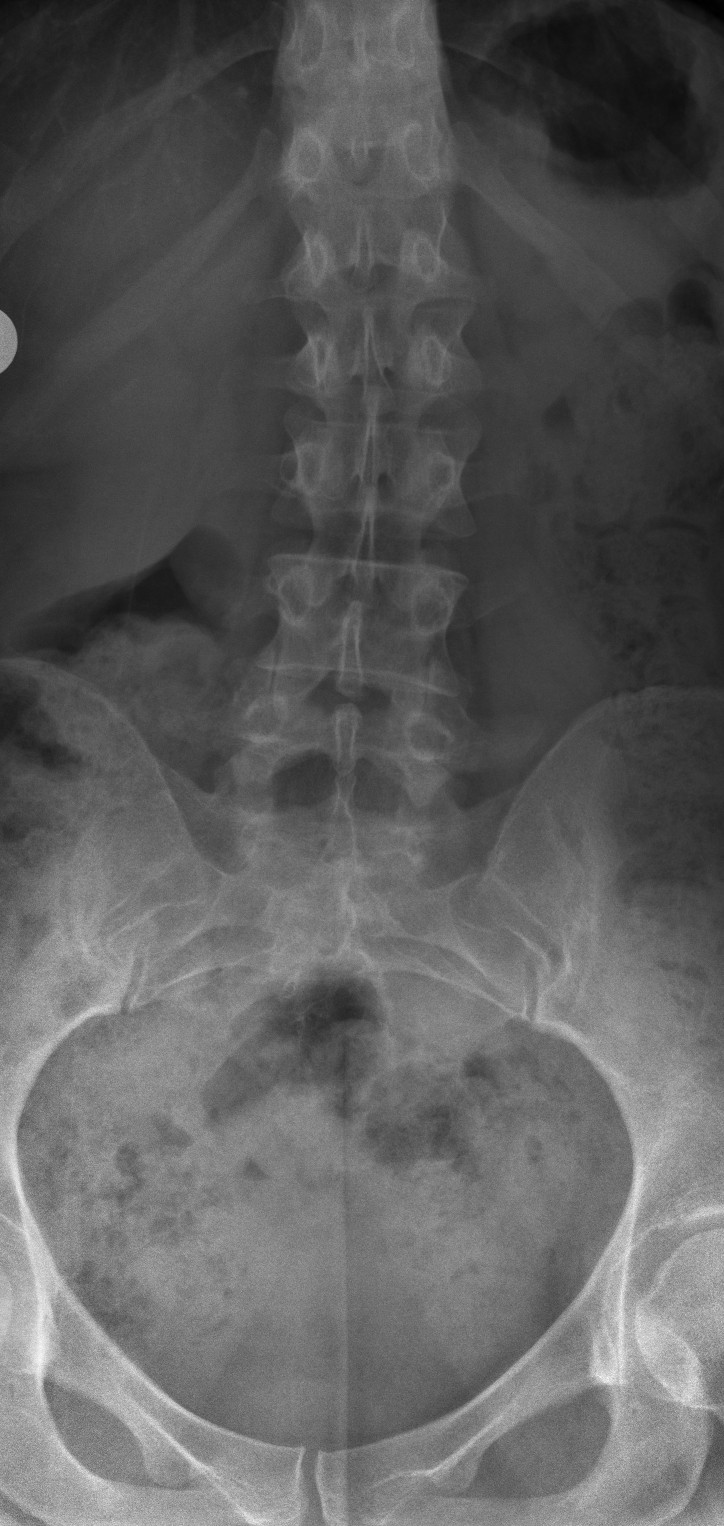
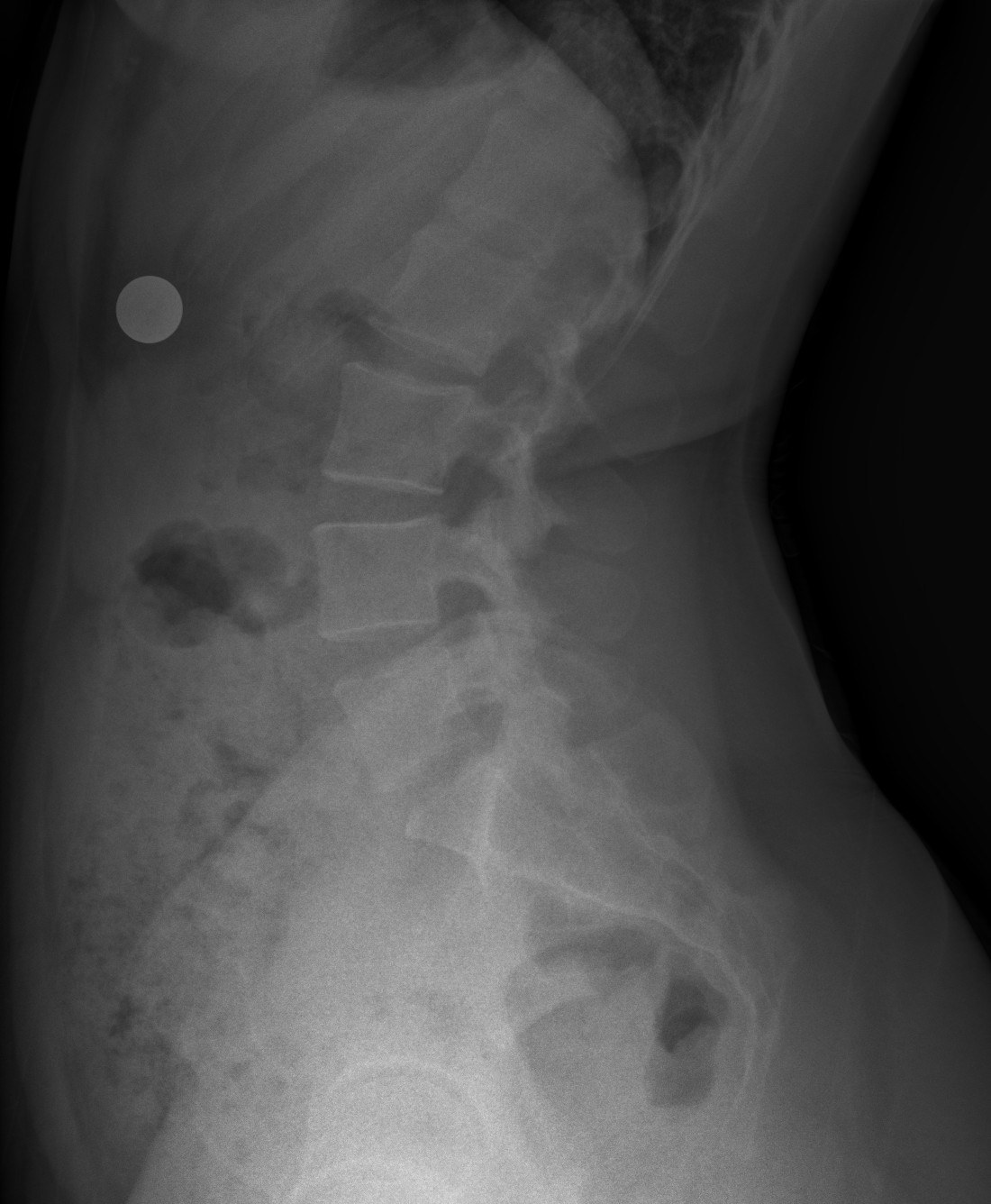
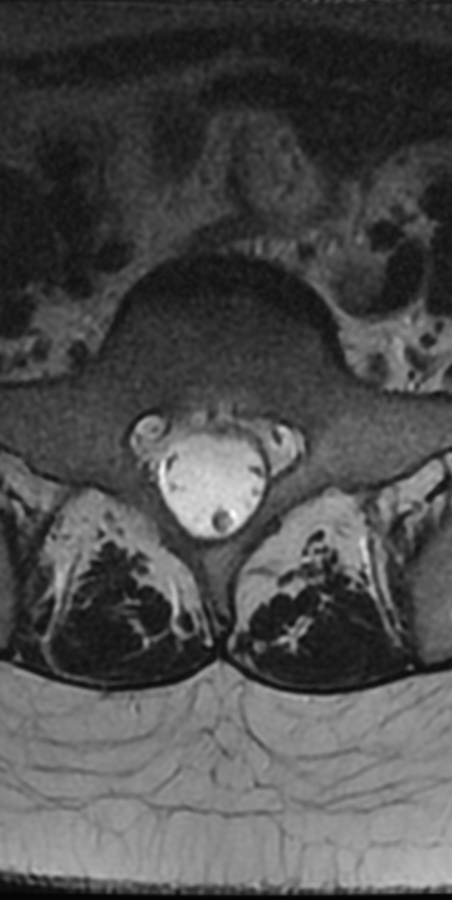
The incidence of occult spinal dysraphism is unknown, and although it is likely that some patients remain asymptomatic and a diagnosis is never made, a subset of patients with the congenital syndrome develops progressive symptoms and signs in adulthood.
Reference: